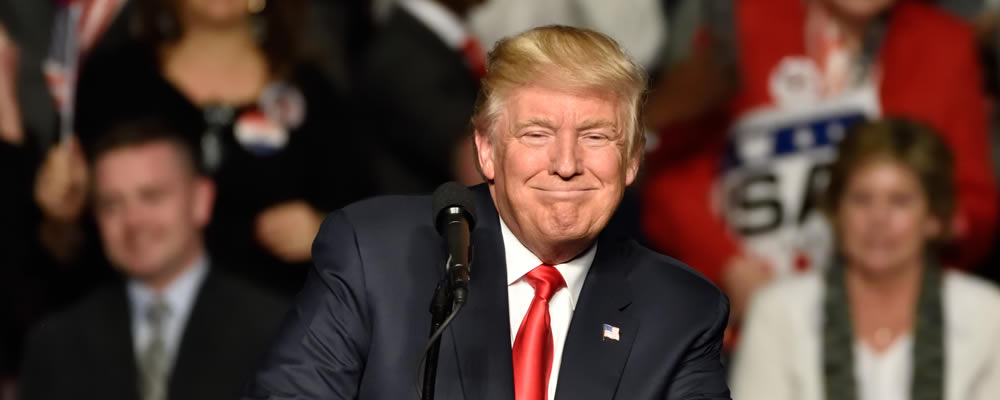- EUR USD Climbs to 1.1727 – USD EUR Slides to 0.8523
- Euro-Area Data Smashes Forecasts – EUR Bolstered
- Intraparty Disputes Could Hinder Trump Tax Reform – US Dollar Encumbered
The EUR USD exchange rate soared today as markets responded to a wealth of data releases from the bloc, including German GDP and inflation, Italian GDP, Eurozone industrial production readings, various ZEW economic surveys and finally the Eurozone’s GDP figures.
Eurozone Data Proves Robust, EUR Exchange Rates Capitalise
Perhaps most notable out of today’s readings was Germany’s GDP estimate, which came in at 2.80% in Q3 2017, smashing the previous period’s upwardly revised 2.3% growth.
This reading marks the strongest pace of expansion for Germany since Q1 2014.
Italian GDP also notably inched ahead to 1.8%, up from 1.5% in the previous period and beating the forecast of 1.7%.
The overarching gross domestic product figure for the bloc proved positive by rising 2.5% year-on-year in Q3 2017, beating the previous period’s 2.3% rise and printing in-line with estimates.
This marked the fastest growth rate for the bloc since Q1 2011, with the growth surge driven by a jump in demand for the export of cars, supply-chain parts and electronics.
The market response to this news was understandably positive, with demand for the Euro surging on the prospect that the robust GDP readings could prompt hawkish moves from the European Central Bank (ECB).
Capital Economics Economist Liam Carson shared this sentiment:
‘This strong GDP data supports our view that interest rates will be hiked sooner and by more than most expect across the region’.
Markets were also keen to hear comments from Fed Chairman Janet Yellen and ECB Governor Mario Draghi today at their speech at the ECB’s Central Bank Communications Conference in Frankfurt, though the market reaction proved muted; neither gave much hint regarding future monetary policy other than the indication from Draghi that ‘forward guidance’ has been a success.
Trump Tax Disputes Hurt USD Exchange Rates
US President Donald Trump’s tax proposal plan is sailing through tumultuous seas at the moment, with markets not entirely happy with the US Senate version of the bill that features delays to the corporate tax cut until December 2019.
The original bill featured an immediate tax cut for corporations from 35% to 20%, an appetising lure to bring businesses that were previously operating overseas back to the US.
A delay, however, will likely prompt many of these businesses to wait before moving to the US, potentially limiting US GDP growth into 2018.
Beyond this, President Trump has recently called for more changes to the tax plans, urging Republicans to repeal the Affordable Care Act provision that requires Americans to have health insurance or pay a tax.
Trump also urged the slashing of taxes for high earners to 35% from 39.6%, ignoring criticisms from the Democrats.
The Senate proposes a slightly smaller cut to 38.5%.
This issue could become further conflated towards the week’s end with Trump due to return to Washington from his Asian tour and speak to House Republicans on Thursday before the tax bill vote.
‘I am proud of the Rep. House and Senate for working so hard on cutting taxes and (and reform). We’re getting close!’ Trump said in tweet on Monday.
The clock is ticking in some respects, with markets remaining concerned that Trump will not successfully pass tax reforms after the failure to score a major legislative win repealing Obamacare.
Nonetheless, the House is expected to vote Thursday/Friday, and many are actually quite optimistic that the Republicans will gain the votes needed for passage (Tax Committee Chairman Kevin Brady amongst them).
If the tax reform is successfully passed, the US Dollar will likely surge.
If, however, Trump’s tax reform encounters problems or suffers delays, the ‘Greenback’ will likely come under significant pressure.
EUR USD Forecast: Volatility Ahead on US Data Prints
The EUR USD exchange rate could become increasingly volatile on Wednesday depending on the outcome of a variety of US data releases.
Most notable out of these is the year-on-year consumer price figures, which are currently forecast to weaken from 2.2% to 2.0% in October.
This forecast is particularly problematic for the ‘Greenback’, with the Federal Reserve having struggled to reach its target levels for some time now.
Markets will also be watching the inflation print for any indication that a rate hike will occur at the December rate meeting, with investors currently pricing a third and final rate hike for 2017 at 60-80%.
If inflation proves drastically below expectations, however, then the central bank might be tempted to delay its third hike until 2018 – an event that would likely put the US Dollar under significant pressure.



